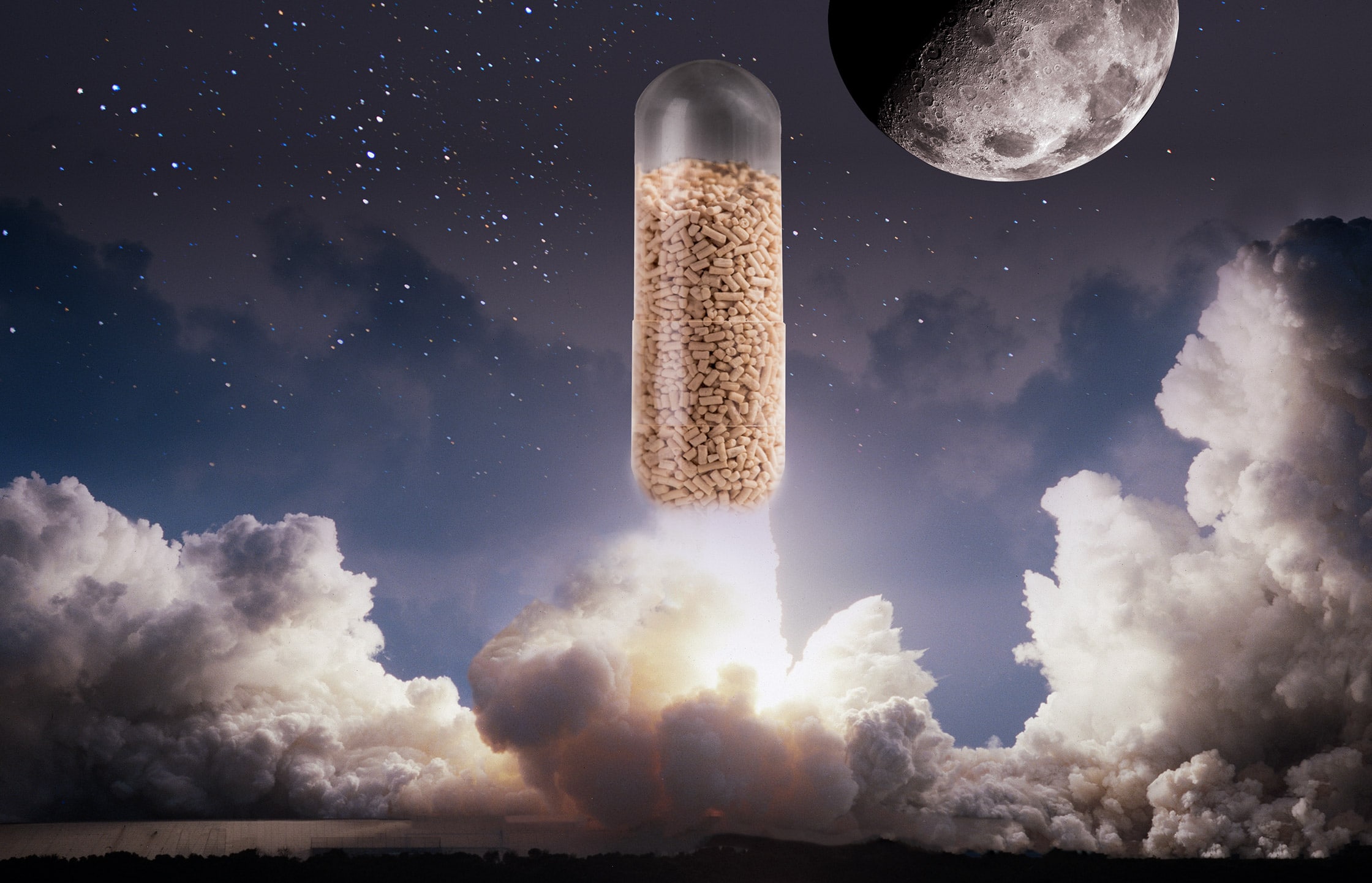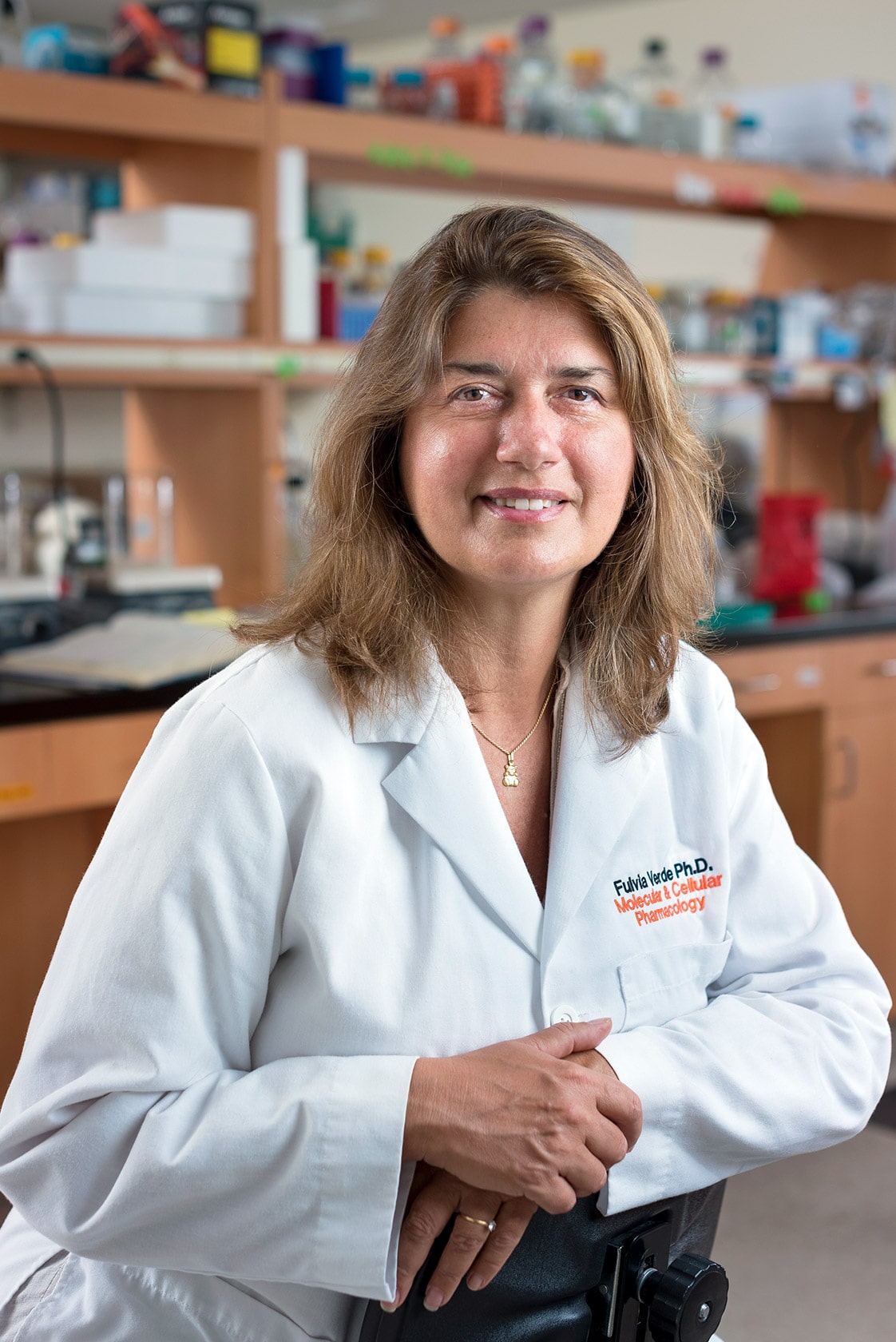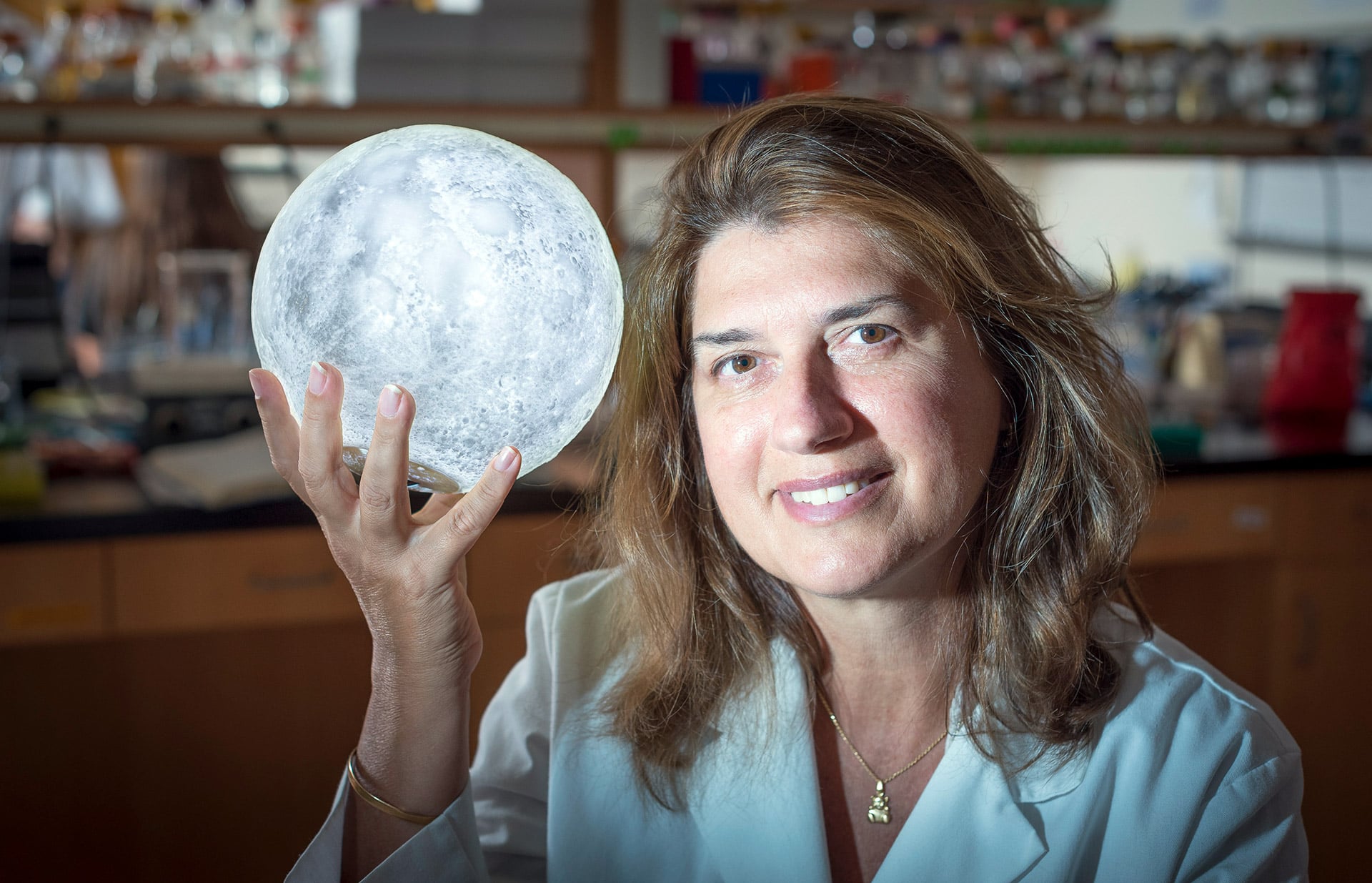Lunar Laboratory
A Sylvester researcher is sending fission yeast around the Moon in search of protective genes for human spaceflight
By Josh Baxt
Illustration by Ann Cutting
Photography by Tom Salyer

F
ulvia Verde, Ph.D., a Sylvester Comprehensive Cancer Center researcher leading a team of University of Miami Miller School of Medicine scientists, will soon be sending an array of Schizosaccharomyces pombe (S. pombe) yeast on a 60-day space mission. Called Artemis 1, the project will take the yeast and other samples to the Moon and back. Dr. Verde’s project will be one of four science payloads aboard the rocket.
After the yeast cells return, the researchers will study their response to ionizing radiation and microgravity and hopefully identify protective genes. The ultimate goal is to make long human space missions, such as trips to Mars, safer.
“The International Space Station is in the upper layer of the atmosphere, so it’s quite protected from ionizing radiation,” said Dr. Verde, who is also an associate professor of molecular and cellular pharmacology. “But then when you go farther out, everything is blasted by particles, which can do a lot of cellular damage.”
Dissecting genetic mechanisms
S. pombe is an African yeast variety closely associated with beer making (pombe is Swahili for beer). Dr. Verde and other researchers study S. pombe because it’s a great way to dissect genetic mechanisms.
“Work in yeast provides insight into fundamental mechanisms that govern growth in all cells, including in humans,” she said. “With yeast, I can ask complex questions and have an answer in only one or two weeks. This specific project addresses the consequences of DNA damage, a known cancer promoter.”
To pursue this project, Dr. Verde received a grant from the Miller School’s High Risk/High Reward Funding Opportunity, which supports innovative research that might otherwise be difficult to fund.
“We are so excited about this project,” said Kerry Burnstein, Ph.D., professor and chair of the Department of Molecular and Cellular Pharmacology. “Dr. Verde has been studying how cell shape and growth in this yeast model can provide insights into cancer metastasis and other mechanisms. She’s such a creative thinker, her group can now apply this model to learn more about the dangers of space flight and help mitigate them.”
Fulvia Verde, Ph.D.

Into space, minus a gene
In November, NASA will send around 4,000 of Dr. Verde’s yeast colonies into space. Each colony is missing a single gene, giving the team unique opportunities to identify which gene deletions protect the yeast in this hostile environment. These findings might eventually be translated into treatments that protect humans during long spaceflights.

Yeast is ideal because it’s easy to care for, which is particularly important for this flight because there will be no people onboard, just robots.
“We can easily put them into dormancy,” Dr. Verde said, “send them into space and wake them up for the mission.”
S. pombe will not be alone on the long flight. There will be another yeast species, called Saccharomyces cerevisiae, as well as algae. Researchers hope this diverse cargo will give them the best opportunities to identify resistant strains. Meanwhile, back on Earth, Dr. Verde and other teams will be conducting the same experiments in their labs, mimicking radiation exposure and microgravity. Dr. Verde hopes the project will illuminate previously hidden aspects of biology that could ultimately improve human health.
“We may be able to modulate our biology to make ourselves more resilient,” she said. “For example, radiation toxicity is something people experience on Earth. We may be able to infer some protective mechanisms from these studies that could have broader applications.” ![]()


